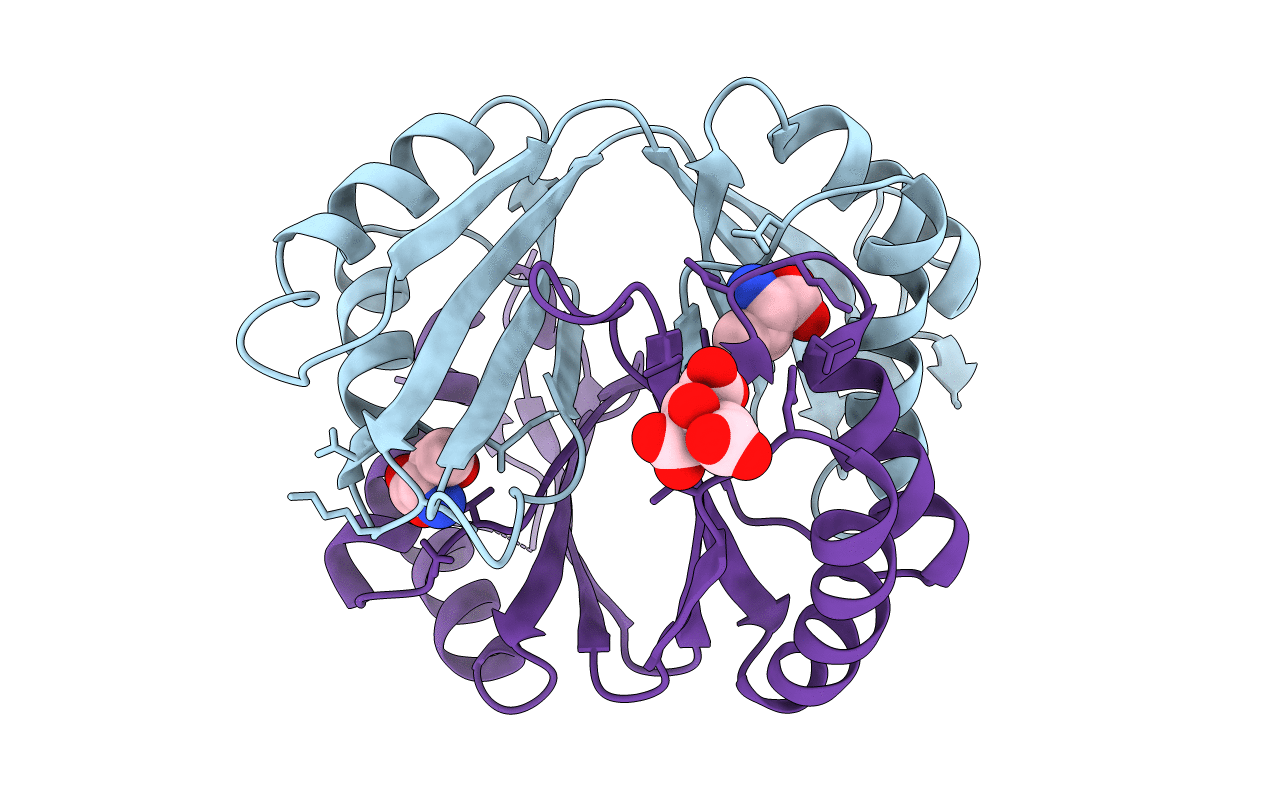
Deposition Date
2006-07-12
Release Date
2007-05-01
Last Version Date
2023-11-08
Entry Detail
PDB ID:
2DTJ
Keywords:
Title:
Crystal structure of regulatory subunit of aspartate kinase from Corynebacterium glutamicum
Biological Source:
Source Organism:
Corynebacterium glutamicum (Taxon ID: 1718)
Host Organism:
Method Details:
Experimental Method:
Resolution:
1.58 Å
R-Value Free:
0.23
R-Value Work:
0.19
R-Value Observed:
0.19
Space Group:
C 1 2 1


